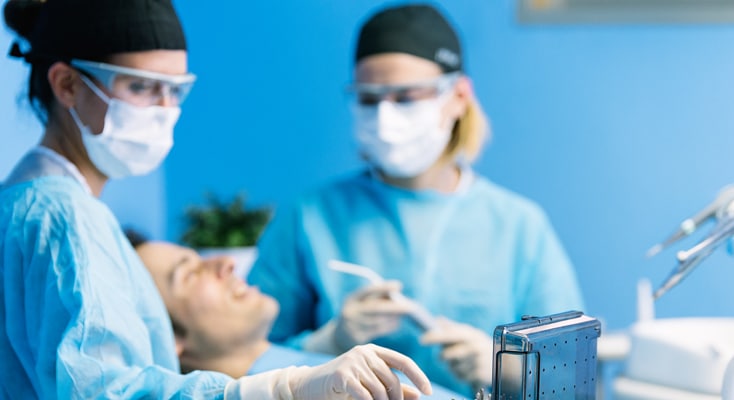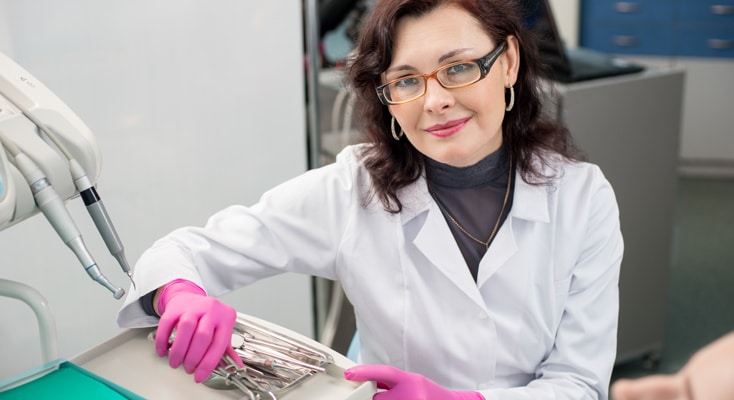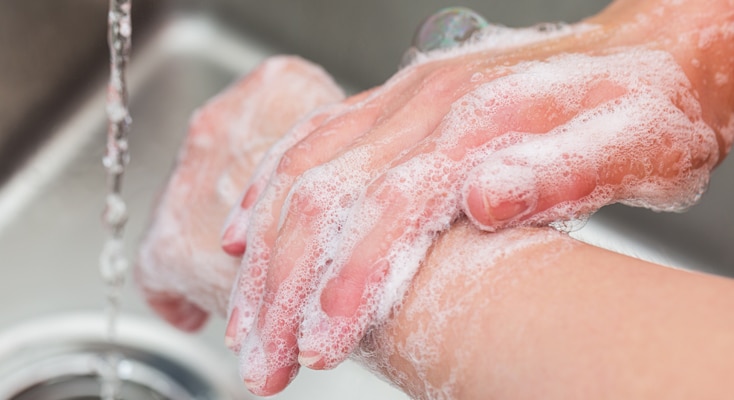How Much Do You Know About Personal Protective Equipment?
Personal protective equipment (PPE) is a crucial component of preventing disease transmission in the dental setting. When appropriate PPE is selected and used as intended, it prevents patient body fluids and operative debris from contacting a clinician’s skin and mucous membranes. Read on to test your knowledge on PPE.
Which of the following is part of PPE for dental hygiene procedures?
 santypan / iStock / Getty Images Plus
santypan / iStock / Getty Images Plus
Gloves vary in their puncture-resistance, ability to resist chemical penetration, and potential to cause allergic reactions based on the materials used in the manufacturing process.
 anatoliy_gleb / iStock / Getty Images Plus
anatoliy_gleb / iStock / Getty Images Plus
Hand hygiene should always be performed before donning and after removing gloves, as well as prior to placing gloves.
 rclassenlayouts / iStock / Getty Images Plus
rclassenlayouts / iStock / Getty Images Plus
Heavy duty utility gloves are regulated by the Food and Drug Administration because they are used for medical procedures.
 Ildo Frazao / iStock / Getty Images Plus
Ildo Frazao / iStock / Getty Images Plus
Medical face masks are divided into performance classes based on their fluid resistance, bacterial filtration efficiency, and submicron particle filtration efficiency.
 akikonuru / iStock / Getty Images Plus
akikonuru / iStock / Getty Images Plus
The Occupational Safety and Health Administration (OSHA) identifies goggles or glasses with solid side shields, or chin-length face shields, as appropriate eye protection.
 tumsasedgars / iStock / Getty Images Plus
tumsasedgars / iStock / Getty Images Plus
Both the Centers for Disease Control and Prevention and OSHA agree that a single gown or lab coat may be worn for multiple patients as long as there is no visible contamination.
 vm / E+
vm / E+
Share your Results:

